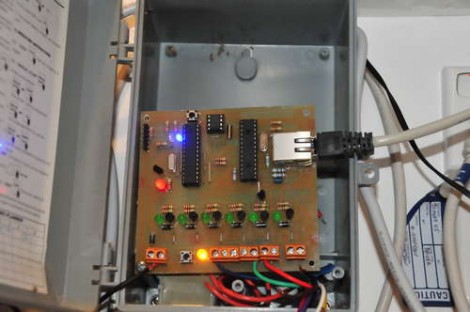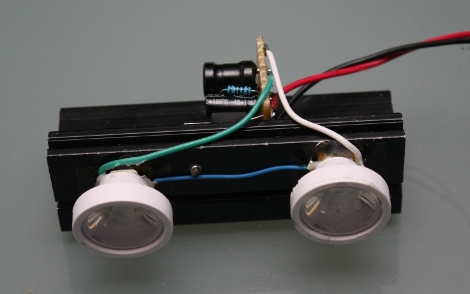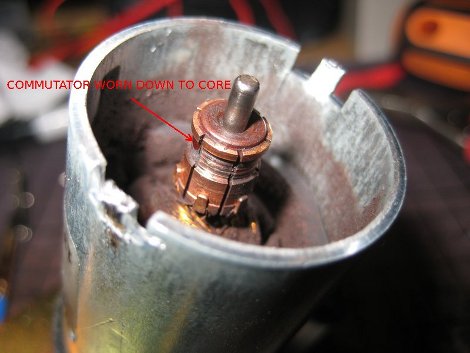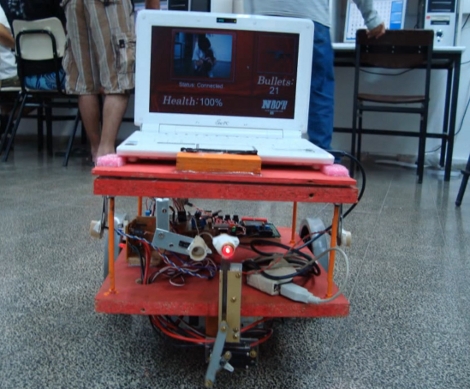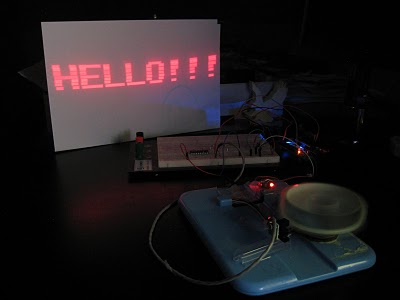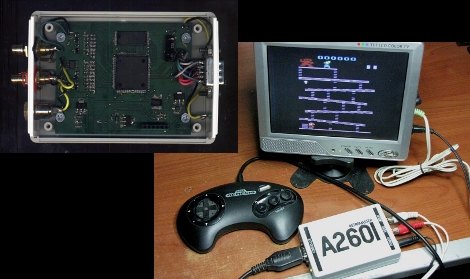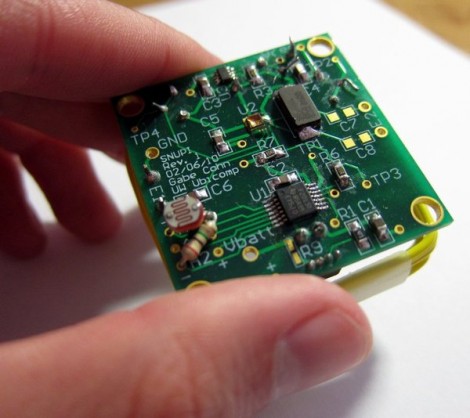
The line between serious research and well-executed hacks has been getting pretty blurry lately. The device above could have been designed in your basement but it actually comes from researchers at the University of Washington. They are working on low-power home automation sensors for monitoring things like humidity, temperature, air quality, and light. The key point in their research has been the use of a home’s electrical system for wireless communication. Operating at 27 MHz has proven quite efficient to the point that one of these modules placed within 10-15 feet of an electrical run can communicate with the rest of the home, powered only by a watch battery projected to last ten years.
That’s kind of exciting, it’s a heck of a lot easier to produce and distribute a set of small boards like this than to run communication wiring throughout the house. Now we just need to pair this with the Air Force’s parasitic power work and there’ll be no need for a battery at all.
[Thanks Sidhant]

